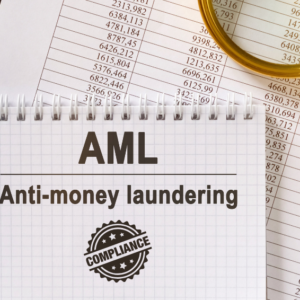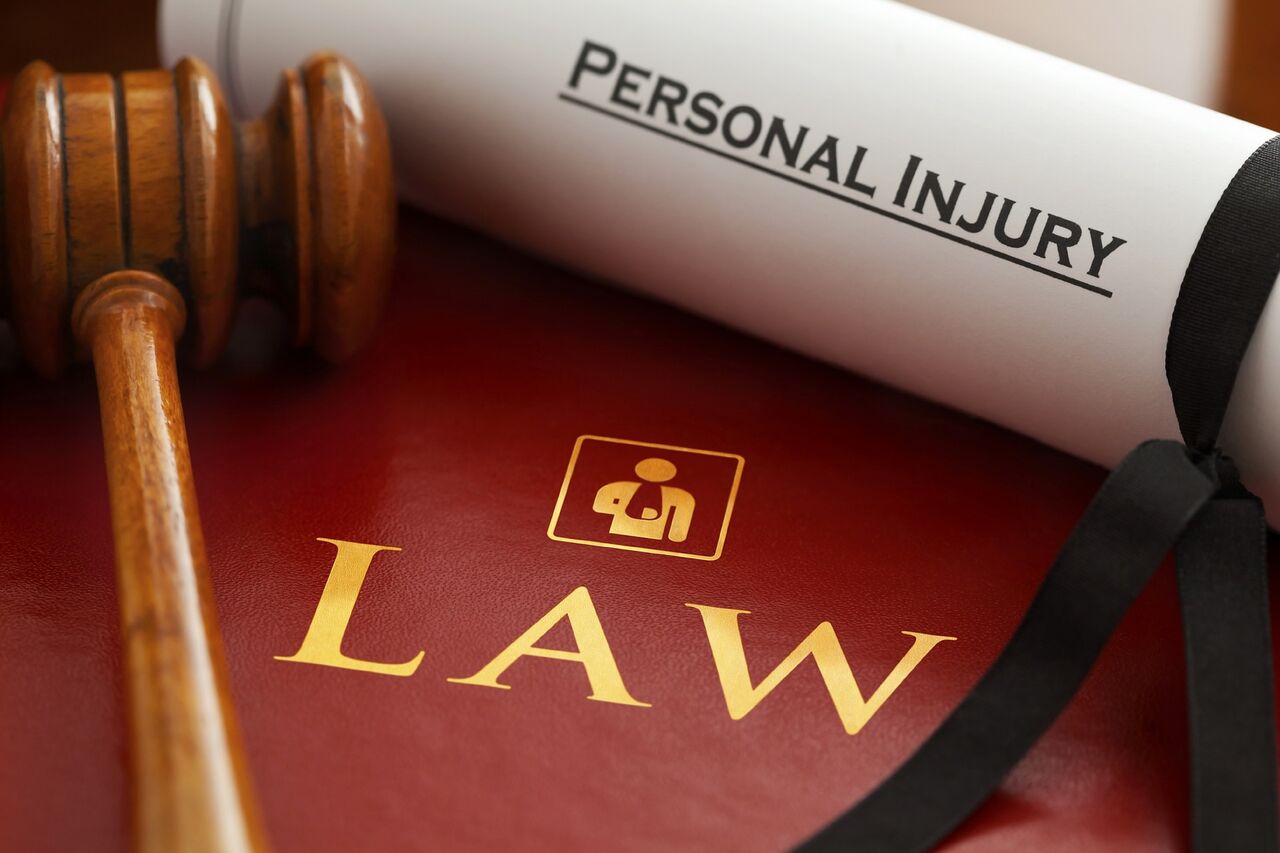Notaries are neutral witnesses for signing legal papers. Authorized person will check your identity to prevent fraud. Learn more about some common notary mistakes and provide tips to avoid them.
All must trust the legitimacy of legal papers. It is not something you can figure out later regarding clarity and assurance while buying a house or obtaining a power of attorney.
A public figure designated by a state government to prevent fraud is a notary. Notaries observe significant documents being signed and confirm the signer(s)’ identity, willingness to sign, and knowledge of the document’s contents or transaction.
Notaries are essential to institutions because they allow them to trust crucial documents fully. After observing a signing, a notary applies their information, including their signature, seal, and notary commission credentials. A notary seal indicates that the transaction was authentic and carried out as intended when it appears on a document.
Getting a document notarized is equivalent to swearing under oath in a court of law; both require you to attest to the integrity of the information presented.
Why is Anything Legalized?
Step two of a procedure known as authentication and legalization is legalization. A legalization stamp enables the use of a document in another nation. Legalization proves that the signature seal and/or stamp are authentic and that an official body issued the document.
Legalization does not vouch for the accuracy of the document’s content. The appropriate checks should be made by the authority requesting the legalized document.
Once authorized person has verified your document, it is next legalized by embassies or consulates. A legalization stamp is only good within the nation in which it was produced. For instance, a document authorized by the US embassy will only be accepted in USA. You need to get an additional legalization stamp from that nation’s embassy to use it there.
Examine Notary Mistakes and How to Avoid Them
Notaries act as unbiased witnesses when signing legal documents. Their main responsibility is to verify the signers’ identities on a transaction to prevent fraud. As a result, notaries have to ensure there are no notarial errors in their notarizations.
This post will examine several common notary mistakes make and provide helpful guidance on avoiding such potentially expensive mistakes.
1. Not properly verifying identification
One of the most important things you do as a notary is to confirm the signers’ identities. It is imperative that you only notarize those whose identities you have verified.
This is due to the possibility of fraud and legal problems arising from notarizing a document without the required identity. You must preserve the public’s safety and the integrity of the notarial profession as a dependable public servant.
Request official identification whenever possible, and make sure the signer’s photo matches the ID. Recall that identification verification is an important step in the notarial procedure, not an elective one.
2. Notarial acts conducted absent the signer
A notary must never notarize a signature unless the signer appears in person in front of them.
If a notary makes this serious mistake, their commission will probably be suspended or revoked, and they might also be subject to civil or criminal sanctions if fraud or loss results from their error.
As a result, notaries must never give in to pressure from friends or employers to notarize a document without the signer’s presence.
Rather, they should inform their friends and employers of the dire repercussions of notarizing a document without the signer present.
Notaries can uphold their professional reputations and contribute to preserving the integrity of the notarization process by doing this.
3. Neglecting to include the current date on the notarial certificate
The notarization may become void if the notarial certificate is not dated correctly or if the date is entered incorrectly. For instance, even if the signer may have already signed and dated the document before you took the acknowledgment, you still need to date the notarial certificate at the time. You can make sure the notarial act is legitimate by doing this. To avoid any legal complications, responsible notaries must pay close attention to details and adhere to correct notarial processes.
4. Not finishing a notarial certificate correctly
- The notarial act may become void if blanks are left unfilled or if the notarial certificate is not completed completely.
- Generally speaking, a notarial certificate needs to have the following components at the very least:
- The location (the county, state, and town where the notarial act took place)
- The date that the notarization occurred
- The seal of the notary
- The signature of the notary
- Every time you execute a notarization, double check the notarial certificate to make sure you have finished all the necessary steps.
5. Using an expired notary commission to notarize
It is a major mistake to notarize documents after your commission has ended, and it may result in legal issues. You may be subject to legal or criminal consequences, and the notarization will probably be declared void.
Here are some pointers for preventing this error:
Set a phone reminder to help you remember when to renew your commission. Become a member of a professional association, like the American Association of Notaries, and they will remind you when your commission expires.
At the earliest opportunity, renew. You might have up to ninety days before your commission expires to submit a renewal application, depending on your state. Renew your notary commission on time to avoid running the risk of legal issues.
6. Not maintaining a notary record
The American Association of Notaries highly advises keeping a diary of every notarial acts conducted, even if it might not be mandated by state law. If the notary is asked to appear in court or is the target of unfounded allegations of notarial malpractice, this notebook may prove invaluable.
If your state does not specify what facts you must include in your journal, you must at the very least include the following information:
- The day on which it was notarized.
- What kind of notarial act did you carry out?
- An overview of the document in brief.
- The signer’s name and address.
- The identity document submitted, whether it be personally known, an oath taken by a reliable witness, or another sort of ID.
- The name and address of the reliable witness, if one is used.
Notaries can exhibit their professionalism and dedication to upholding precise and comprehensive records by keeping a notary diary. Giving the notary and their clients important protection is an easy step.
The Importance of Notarizing Paper Records
Consider that you are about to sign a document that will alter the course of your life. Whether you’re starting a new career or buying a house, these crucial documents must be validated. Here’s where notarization comes into play. It serves as an impartial witness, verifying the authenticity of the document’s contents and the signers’ identities.
However, why is this so crucial? Indeed, notarizing papers safeguards both parties and aids in the prevention of fraud. You can rest easy knowing that your agreement is enforceable by law if a qualified notary witnesses the signature and verifies your identification.
Notarization is more than merely signing documents. It’s a detailed procedure that gives your documents an additional protection layer. A notary is a state-appointed, licensed professional who carefully confirms your identification, watches over the signature, and applies their official seal or stamp. Your document will become legally binding and official due to this process.
Recognized Documents: What Are They?
A document that has undergone notarial verification and certification is called a notarized document. The notary must confirm that every signature on a document is authentic to stop instances of fraud or coercion. When notarizing legal papers, the notary checks a few items, like:
1. The Individuals’ Identities
The notary must confirm the signatures on the legal document are who they say they are, either by personal interaction or by consulting identity documents such passports or driver’s licenses. Following verification, the involved parties are noted in the protocol, also known as the notarial register.
2. Mental Clarity
Before and throughout the document signing process, the notary should verify that all parties are of sound mind and comprehend what they are signing. The signatory should not be under the influence of drugs or alcohol or be in any other circumstance that could impair their judgment.
3. Age of Adulthood
The notary shall confirm that the signer is of legal age (18 years of age and older) and can enter into a legally binding agreement. The notary cannot not notarize the document if children are involved.
4. Signers who are willing
The notary should confirm that there are no indications of compulsion and that the signers are competent and willing to sign legal documents. It could indicate that someone is being coerced into signing the paper if none of the participants are signing voluntarily.
The Dangers of Online Remote Notarization
1. Cybersecurity Weaknesses
Certain cybersecurity flaws introduced by remote web notarization raise the possibility of compromised sensitive data. Among these weaknesses are
The potential for unwanted access to confidential information: Sensitive papers and personal data are transmitted and stored during remote online notarization. Inadequate security protocols raise the possibility of unwanted entry, which could result in data breaches and improper use of private information.
Possibility of identity theft and data breaches: Cybercriminals can use holes in the remote online notarization procedure to get private data, including financial information, legal papers, or personal identification information. Identity theft, financial fraud, and other misuses may arise from this.
2. Strategies for Mitigating
The following tactics can be used to reduce cybersecurity risks in online remote notarization:
Putting strong encryption techniques into practice: Sensitive information sent during the notarization process is shielded from interception and unwanted access thanks to encryption. It is recommended to use robust encryption techniques to protect data while in transit and at rest.
Multi-factor authentication: By asking users to give various kinds of identity, such as passwords, biometrics, or one-time verification codes, multi-factor authentication adds an extra layer of security. This lowers the possibility of unwanted access even if one factor is hacked.
Safekeeping of documents: Documents that have been notarized should be kept in safe, encrypted storage systems to help prevent unwanted access. Strong access controls should be implemented to monitor and trace access to sensitive documents. Examples of these controls include role-based permissions and audit logs.
3. Privacy Issues
Because remote online notarization handles private client data, privacy issues must be considered. Among these worries is:
Guaranteeing customer data privacy: Confidential client information must be maintained during the remote online notarization procedure. Legal repercussions and harm to one’s reputation may result from unauthorized access to or disclosure of this information.
safeguarding against unapproved disclosure Unauthorized client information disclosure might jeopardize the parties’ confidence and privacy, whether from internal or external sources. Sufficient protocols ought to be implemented to avert such unsanctioned revelations.
4. Strategies for Mitigating
With remote online notarization, the following tactics can be used to reduce privacy concerns. Strictly implementing access controls Restricting client information access to only those permitted can only prevent unintentional disclosure. The need-to-know principle should govern access permissions, and appropriate authorization and authentication systems should be in place.
Privacy policies: It is important to set up explicit privacy policies that specify how client data is managed, kept, and shared during the notarization procedure. These guidelines should be transparent to clients and adhere to applicable data protection laws.
Encrypted email and secure file transfer protocols are examples of secure communication channels that can guarantee the security of client information while it is being transmitted. Lessening the chance of interception and unwanted access can be achieved by avoiding the usage of unsecured communication channels like standard email or unencrypted messaging apps.
A “loose certificate” can be used if there isn’t enough room to include the notarial certificate with the original document. This phrase describes a notarial certificate printed on a different sheet of paper and affixed to a notarized document.
Examples of these certificates are jurats and certificates of acceptance. The certificate wording mandated by the regulations of your commissioning state should be included in the loose certificate. Always remember to abide by the state’s rules where you are acting as a notary, regardless of where the document came from or is heading. In addition, the certificate must include enough details (often found beneath the words of the certificate) to identify the original document being notarized.
These details should include the document’s title or kind, its number of pages, the names of any additional signers, the date of signing, etc. A loose notarial certificate may be kept from being detached from a properly notarized document and reattached to something else by using cross-referencing with the original document. A loose certificate ought to be stapled for this reason at all times. The notary’s diary or record book should also note that a loose certificate was used.
Conclusion
Don’t stamp on many pages at once. Certain notaries often apply their stamp across several pages, thereby “attaching” the loose certificate to the original document. It is not advised to carry out this procedure, which in certain states could even be considered an improper use of the notarial seal. If an embossing seal is permitted by law and is not an official notarial seal, it may be used in this way. However, stapling is always the recommended approach.






